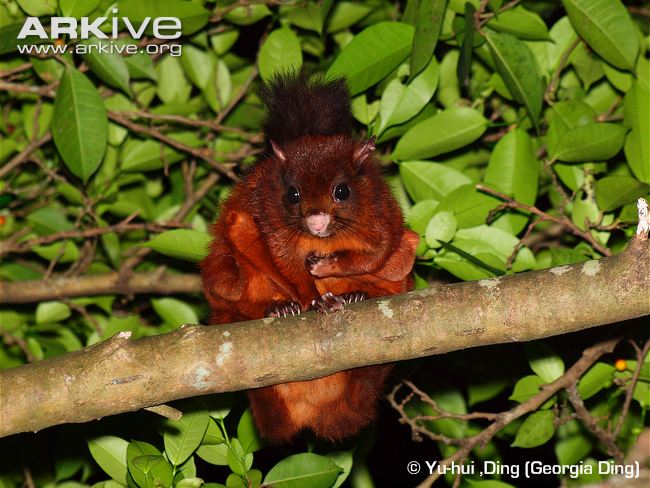Conservation optimism can be hard to find in the present climate, however, with a little bit of digging, hope for the natural world can be found in abundance. Rightly, we direct most media attention to focus on the battle to save species on the brink of extinction; however, I believe it is equally as important to take the time to celebrate good news stories.
In the last couple of years, we’ve seen species which we believed to be lost, rediscovered. For example, the San Quintin Kangaroo Rat, thought the be a casualty of intensive agriculture, the species was recorded for the first time in 32 years in the scrublands of Baja California in Mexico in 2017. The Vanzolini’s bald-faced saki, a new world monkey that an expedition recorded for the first time in 61 years and the Jackson Salamander, 42 years after it was lost to science was rediscovered in the Guatemalan mountains, the first success of the Global Wildlife Conservation Lost Species campaign. Stories such as these give rise to the optimism that other species thought lost can be pulled back from the brink, and highlight once more, the resilience of nature.
Gliding into the Limelight
This leads me on to the Namdapha Flying Squirrel – a species you are unlikely to have ever heard of. It is one of 43 flying squirrel species around the world and is among the giants of these. At over one meter in length, with its tail accounting for more than half of this, it should be gliding through the forest canopy; it seems an unlikely candidate for a Lost Species.
However, throw in the words arboreal and crepuscular, and place it in the vast wilderness of the Namdapha National Park and we begin to see why this species has not been formally recorded since its original discovery in 1981. There are thought to be serious conservation concerns afflicting its survival, with hunting and habitat loss thought to be factors in the apparent disappearance of this species, these same issues are listed as threats for over half of all flying squirrel species.
Intriguingly, there have been murmurs and whispers of sightings, however, these have usually been the similarly sized and coloured Red Giant Flying Squirrel and survey efforts have yet to yield any positive results. Consequently, among all flying squirrel species, this species has the highest extinction risk, Critically Endangered, on the IUCN Red List.
This story is so far lacking the optimism and adventure that characterise the search for Lost Species, but thankfully there is plenty of hope to be found. At the IUCN SSC Small Mammal Specialist Group, we have highlighted the Namdapha Flying squirrel as a key species to champion conservation action for, and its listing in GWC’s top 25 most wanted lost species list created a perfect opportunity to create momentum for a project. Add in the support and field leadership of Indian NGO Aaranyak and some of our members and we believe we have all the tools needed to rediscover and conserve this species.
Finding the Flying Squirrel
Through these collaborations, we have put together a team of global experts to launch an expedition into Namdapha National Park to search for this elusive squirrel. Using the most effective techniques and technology we believe this targeted expedition will be successful and if it is, we have the right team to bring this species back from the brink. An estimated 90% of Namdapha National Park remains unexplored, providing optimism that among this suitable habitat our target holds on in the same way as the Jackson Salamander.
This expedition and we hope rediscovery and conservation action for the Namdapha Flying squirrel could have far-reaching consequences. As well as the hope that rediscovering lost species will bring, we hope it can have a snowball effect for the conservation of more flying squirrel species threatened with extinction. As a group, flying squirrels are in trouble with 20% Globally Threatened (IUCN designation CR, EN, VU). Meanwhile, 26% of all flying squirrel species are listed as Data Deficient, because we don’t have enough data on them to determine a conservation status.
The Namdapha Flying Squirrel is the tip of the iceberg and if it is rediscovered and brought back from the brink then the knowledge and awareness could have a profound effect on the survival of many more of these majestic forest gliders. It is here where we can find conservation optimism.
Useful Links:
https://experiment.com/projects/search-for-india-s-lost-namdapha-flying-squirrel
https://www.globalwildlife.org/2019/01/21/the-superheroes-of-the-squirrel-world-flying-squirrels/
https://www.lostspecies.org/lost-species/
This blog was originally published on January 21, 2019 on the website of the Global Wildlife Foundation
For more stories about rediscovered species, check out the work of ConservationNOW member Lost & Found.


